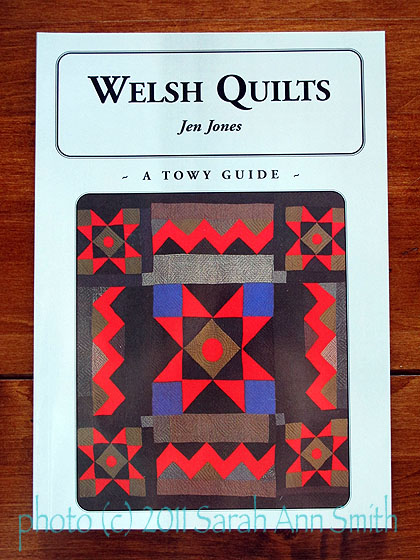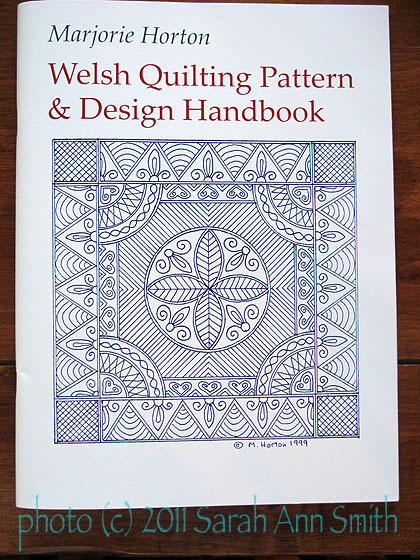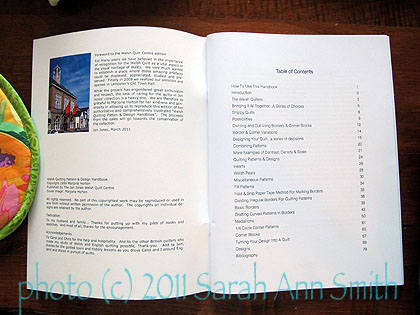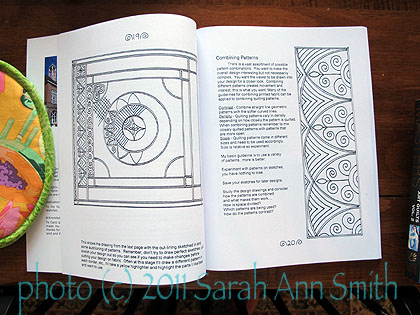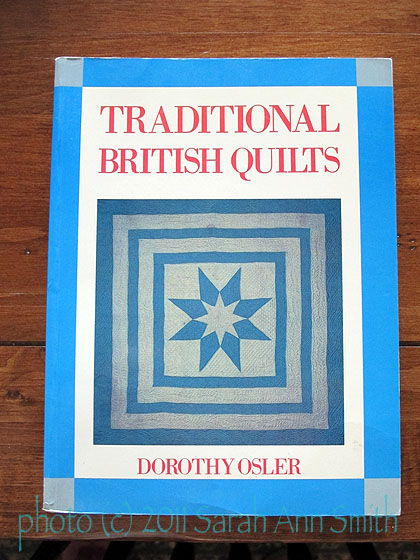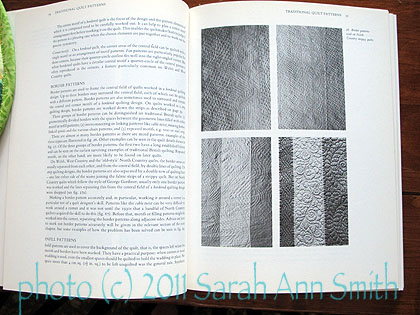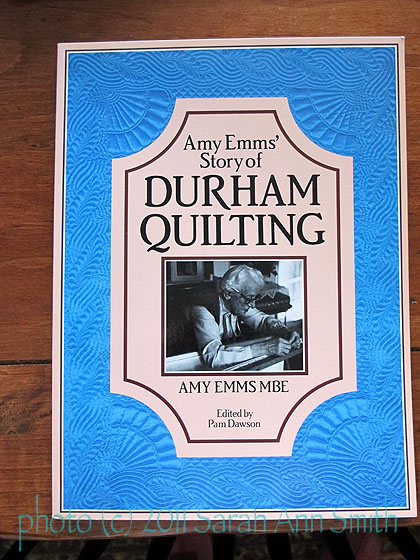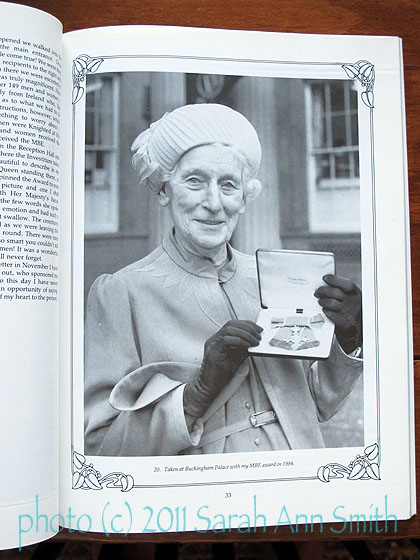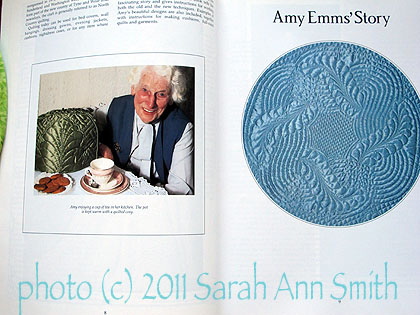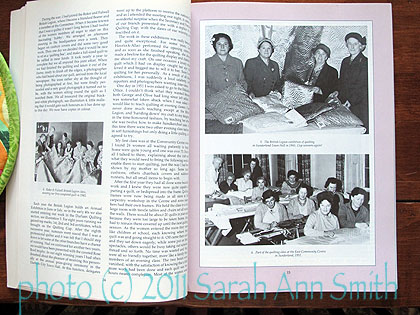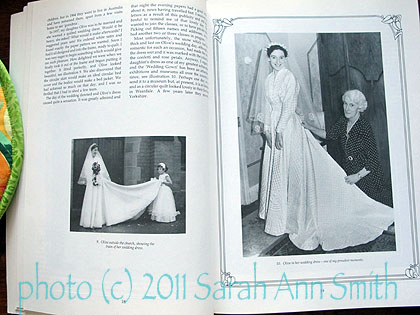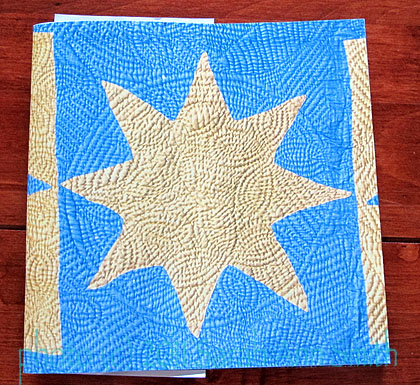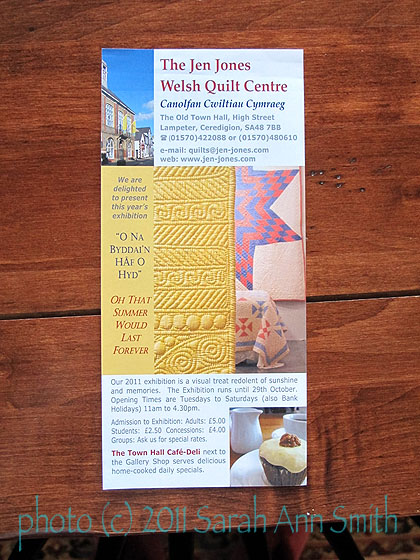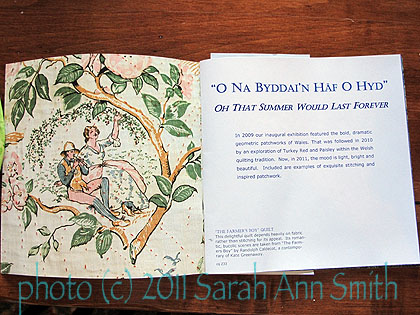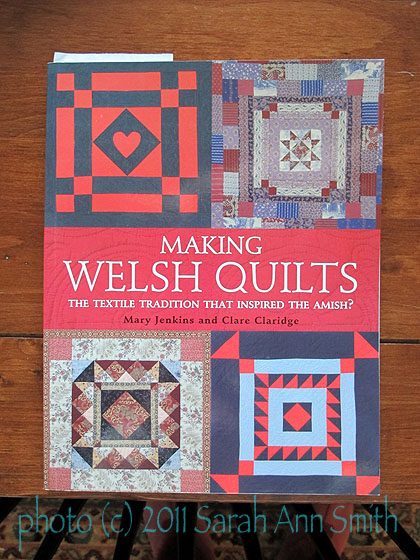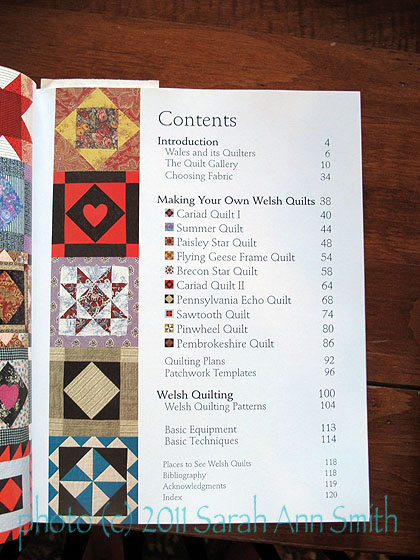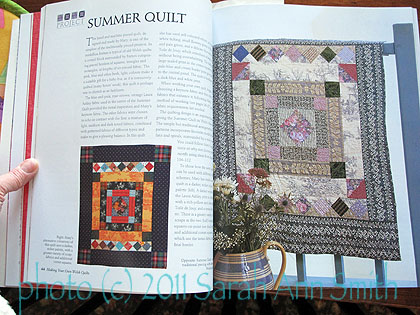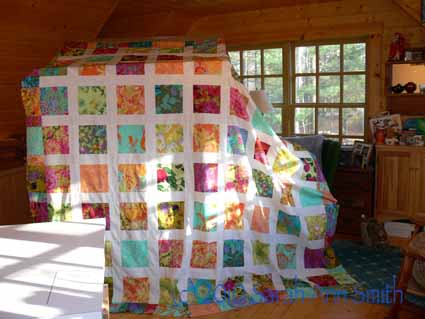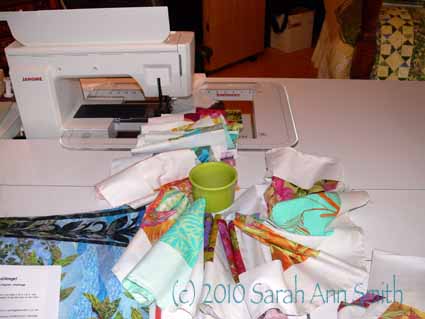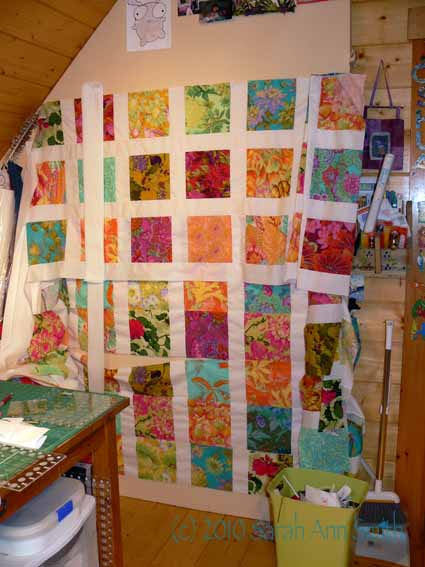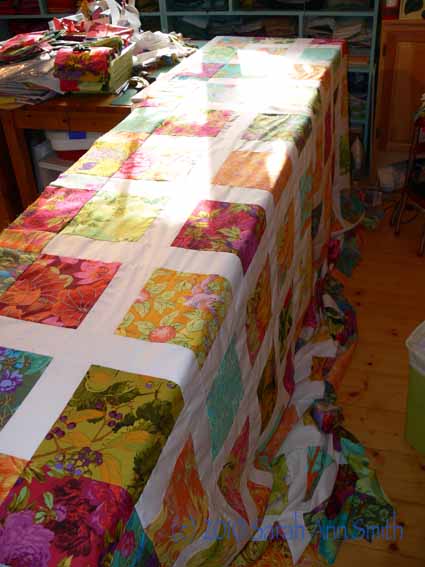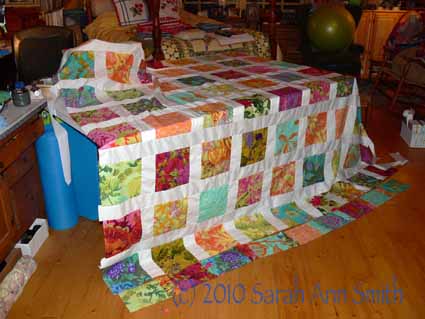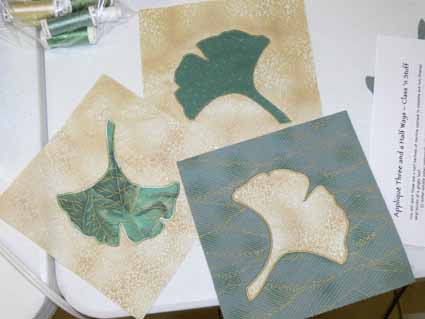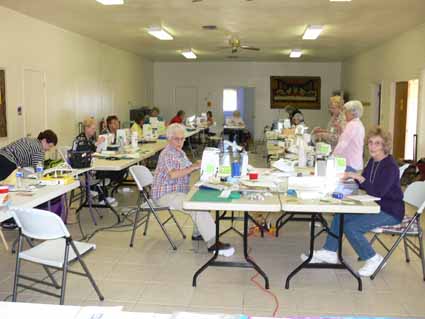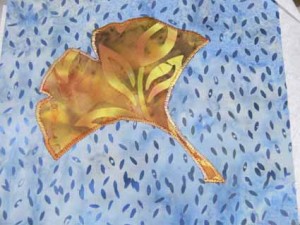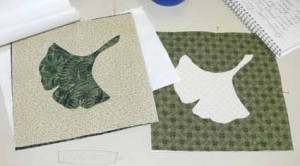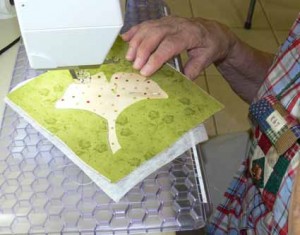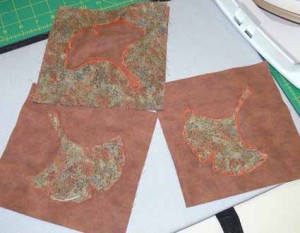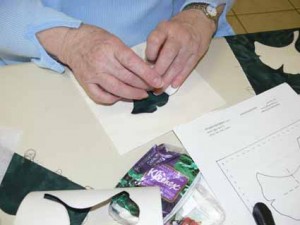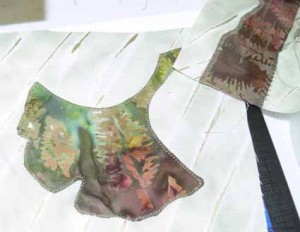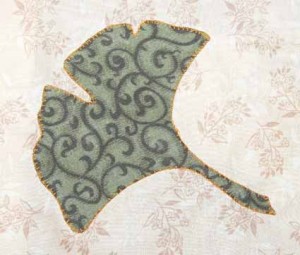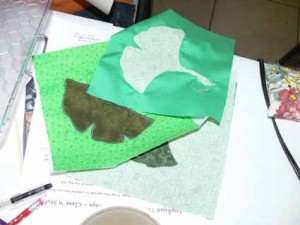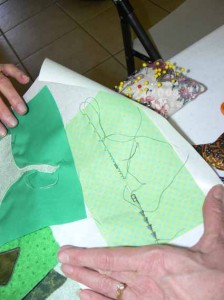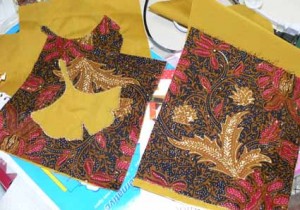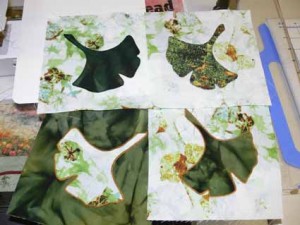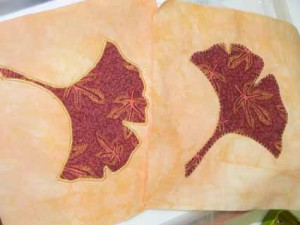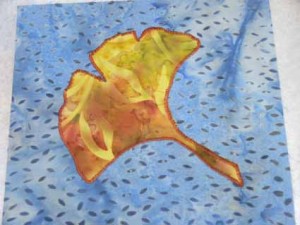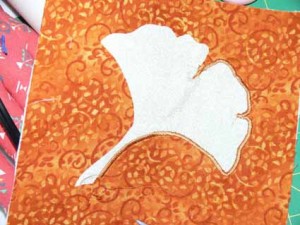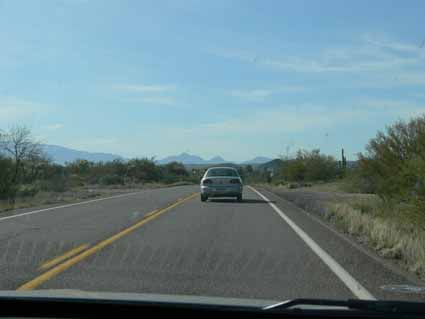Welsh Quilts, Part 3 of 3
Monday, February 6th, 2012The two most recent additions to my small collection of books on Welsh Quilts came from the Jen Jones Welsh Quilt Centre. Jen Jones, by the way, is an expat American who moved to Wales, married and has made her life there. The first is A Towy Guide (according to the acknowledgements, the idea is/was a series of guides covering various aspects of Welsh heritage) called Welsh Quilts by Jen Jones.
Sixty-six pages and about 7×9 inches, this small book has a LOT of great information. I just checked Amazon.com, but the price is a ridiculous $68 (US) and up, and you can get it for a reasonable price even with postage from the UK and a foreign transaction fee! The chapters include:
- Introduction
- History
- Making a Quilt
- Method
- Types of Quilts
- Joining and Finishing
- Provenance
- Buying a Welsh Quilt
- Caring for Quilts
- Conclusion
- Blankets
- Types of Blankets
- Public Collections of Quilts and Blankets
- Bibliography
As an aside, I’ll note that Wales also has a wonderful weaving tradition, and for EONS I carried a Welsh tapestry (woolen cloth) coin purse that I think I bought in the UK in 1978; I recently found the little mousie made of the same cloth, and he’s now sitting on the small table on our stair landing. Photos in the Towy Guide are both color and some black and white, but in all cases the detail of the stitching is wonderful, as is seeing the old implements used. Antique quilts in the photos date back as far back as 1830.
The second book, Welsh Quilting Pattern and Design Handbook by Marjorie Horton, is one that covers what I had most hoped to find: information about the most typical motifs and designs of the quilting.
To my utter surprise, when I opened it up, Marjorie Horton lives in Rainier, Washington! I googled her and found several mentions, and it appears she is still active in the Pacific Northwest and giving lectures and teaching, but could not find a website or blog for her. Although there is an Amazon listing, it says the book is currently unavailable. Not quite–I bought mine a month ago, albeit from Wales.
This book, at least the incarnation that I have, is published by the Jen Jones Welsh Quilt Centre. From what I’ve been able to gather, the book was originally self-published with a comb/spiral type binding. All black and white, the illustrations are hand-drawn, which I find refreshing after all the slick graphics you see. I love seeing the designs in Marjorie’s hand! There is a TON of good information about designing your own, special things to note (like parallel lines to define segments), and a lot of visual imagery for various widely used motifs.
If you want to design your own Welsh-inspired quilt, as I do,this book is JUST what you need. Now I realize that this may be a niche of a niche within a niche of a small corner of quilting, but oh what a find! And if you love the quilting and traditional Amish-style quilting, I’m guessing you will find LOTS of inspiration in this book.
So I guess I might be well advised to read these books carefully, take notes, and start sketching, eh? And oh yeah…dye that fabric so I have a 105 x 105 inch (about 3 metres to a side) top to quilt…EEEK! On a sit down machine? Am I nuts? Clearly the answer is yes. A hazelnut, please.

